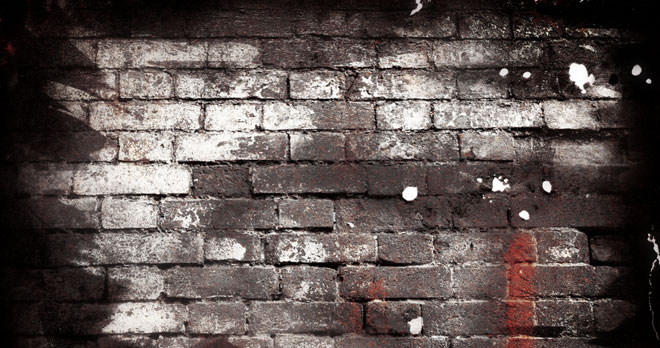Banksy graffiti art – gifts to the people (and worth lots of money)

At the time the building was occupied by a commercial tenant, who removed the section of wall including the mural, replacing the missing section with new wall. It was rumoured the intact mural could have fetched up to £500,000 on a sale, and with the landlord’s blessing, local charity the Creative Arts Foundation demanded the mural be returned so it could be enjoyed for the benefit of the community.
The court's decision
The tenant employed a creative interpretation of its obligations in its lease, claiming the graffiti caused the wall to be in disrepair, and the tenant was merely complying with their obligations to keep the building in repair by removing the mural. The court agreed that the presence of the Banksy graffiti did mean the building was in disrepair, and therefore its removal was not in itself a breach of covenant. It was common ground that there were less invasive ways of repairing the damage, such as a can of masonry paint and a brush! As such the court decided the tenant had no right to remove the section of wall behind the mural.
The court then considered who owned the mural. The section of wall which had been removed formed part of the landlord’s property and therefore belonged to the landlord. The tenant merely had the right to use the building, and was obliged to keep the building and wall in repair. Therefore the court found no basis for ownership of part of the landlord’s building to transfer to the tenant as a result of the tenant removing it. The court did not consider who owned the copyright of the mural which would remain with Banksy.
We can’t help but wonder what the man himself makes of these squabbles over his work.